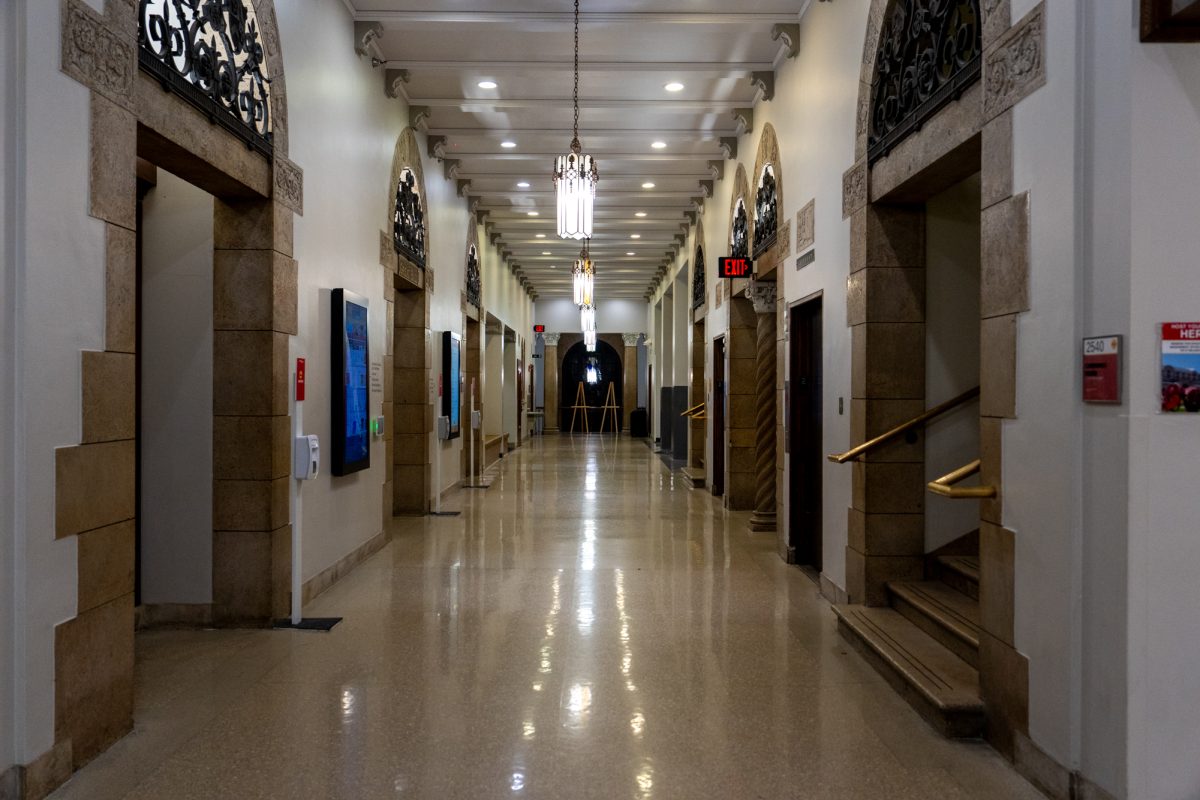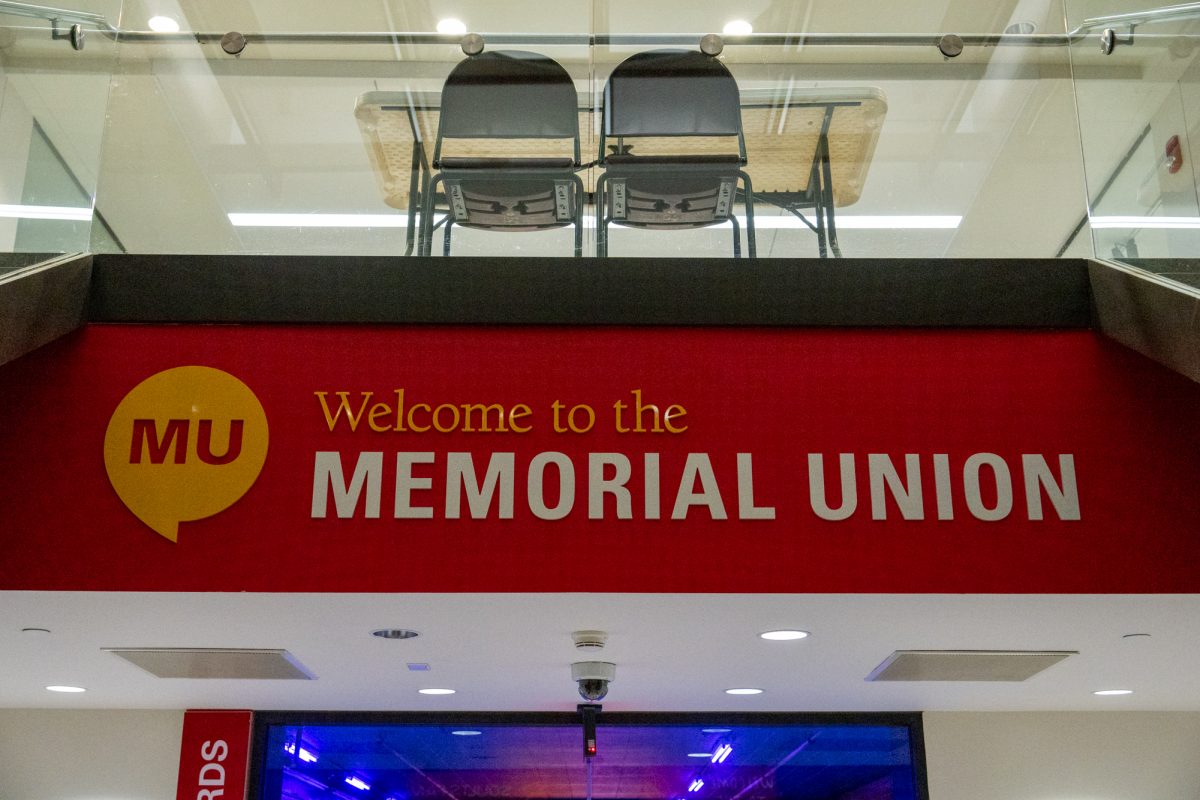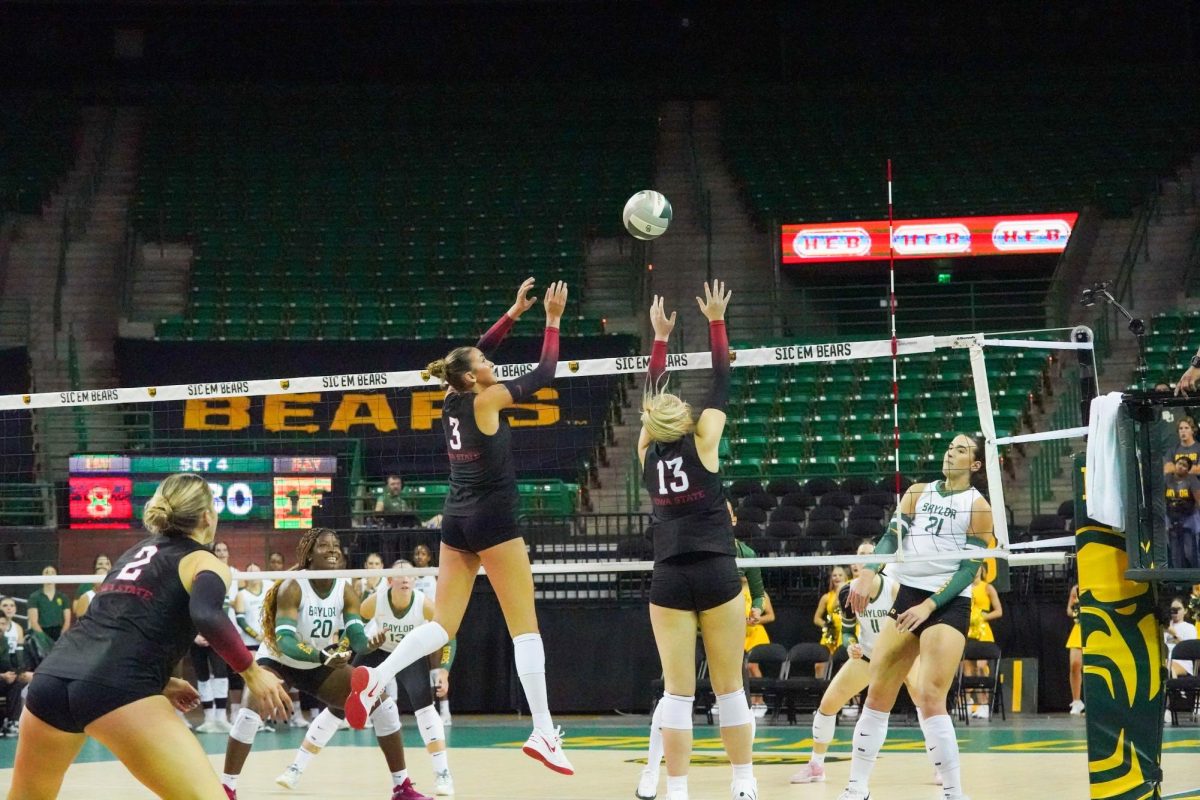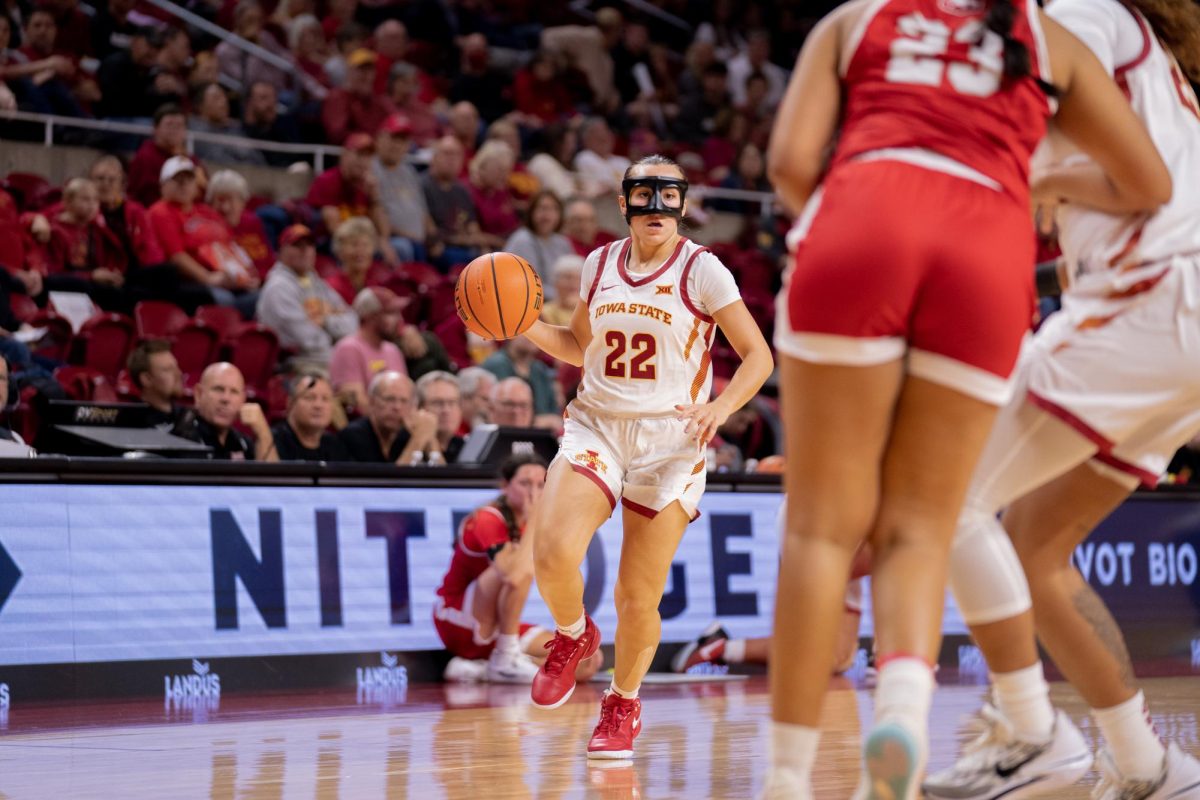Women candidates still face obstacles
September 1, 1995
Women have undoubtedly made great strides since Jeannette Rankin became the first woman elected to Congress in 1916, but to what extent and just how far is the country from electing a woman president?
Though over half of the nation’s population is female, no woman has ever been a serious candidate for president.
Mary Ann Tetreault, director of Iowa State’s Carrie Chapman Catt Center for Women and Politics, said it would be easier for a woman to be nominated and elected to the nation’s top office if she were not associated with what are known as “women’s issues.”
Tetreault said it would behoove a woman presidential candidate to be a member of the Republican Party — not traditionally linked with women’s issues — or an independent party. She said many women candidates are Democrats, and therefore have two strikes against them: their gender and ties to the wrong party.
One woman politician who isn’t seen as a “woman’s woman,” but as a “man’s woman,” is Christine Todd Whitman, a New Jersey congresswoman.
“Both women and men liked her because she wasn’t a woman’s candidate,” Tetreault said. What is important is what she does, and not her gender, she added.
In the past, women politicians have faced many obstacles. Tetreault said an “anti-woman campaign” was run in 1984 against the first woman vice presidential candidate, Geraldine Ferraro.
“During the campaign, a gun shop in Virginia had a sign outside which said: ‘Gerry you are a slut. Why don’t you go home where you belong,’ ” Tetreault said.
And after a debate between Ferraro and George Bush, then a candidate for vice president under former president Ronald Reagan, Bush told a reporter: “Well, I guess I kicked a little ass out there.”
“People have very fixed ideas of what gender means,” Tetreault said.
Women candidates are generally favored when the most important issues deal with child care, corruption in the government, the economy and the standard of living in the United States. Men are typically preferred when the issues deal with crime and war, Tetreault said.
Tetreault said some Americans vote strictly by party; some vote on the basis of one or two issues; some vote because of the personality of the candidate, and some people are influenced by a candidate’s pocketbook.
But, she said, voters are almost always influenced by gender in some way. Tetreault said she doesn’t think that voters necessarily make these assumptions consciously.
Tetreault urged voters to be sophisticated, to consider who is in support of a candidate and who is opposing a candidate, the past records of the candidate and most importantly, analyze where the candidate’s heart is.
Patrick James, chairman of Iowa State’s Political Science Department, suggests that because the American people are generally conservative, they may hesitate to try something new, like electing a female president.
James said he thinks a woman might be able to break through if she has “opposite characteristics,” from typical women politicians.
Margaret Thatcher, former prime minister of England, is an example of a woman who had “opposite characteristics,” James said.
“People felt much more comfortable voting for a conservative woman,” he said.
James explained that because politics move in cycles and because there are many factors that go into electing a president, it’s hard to predict when, or if, Americans will see a woman president.
The answer is in “time and timing,” James said. Overall, attitudes are becoming more open-minded, but the United States has such a large social system that stereotypical roles change slowly, he said.
Women, James said, are often slammed with the “nanny-gate” claim, meaning a woman shouldn’t be elected because she should be home taking care of her children, though there is nothing controversial about a male candidate who is also a father.
“Women are attacked in different kinds of ways than men by the media,” James said. “Men have to do more extreme things do draw attention to them.”
But in the wake of the 75th anniversary of women’s suffrage, there are many woman pioneers breaking new ground in politics, said Ellen Fairchild, ISU’s coordinator of adult learner and commuter student programs.
Shannon Faulkner, she said, is a perfect example of someone who has opened doors for women.
Brian Kennedy, chairman of the Republican Party of Iowa, said he thinks the United States is prepared to elect a woman candidate capable of running the nation.
He said women and men are equal and “being a woman has nothing to do with being elected president.”
Despite an apparent glass wall around the Oval Office, there have been a select few women who have held top posts in the country’s two other branches of government.
In 1981, Sandra Day O’Connor was the first woman to become a U.S. Supreme Court justice. In 1992, California was the first state to elect two women senators, Barbara Boxer and Diane Feinstein, at the same time.
In 1993, there were seven women and 93 men in the 100-member U.S. Senate, and 47 women and 388 men out of 435 representatives in the House, making women possibly the most vastly under represented group in government.






